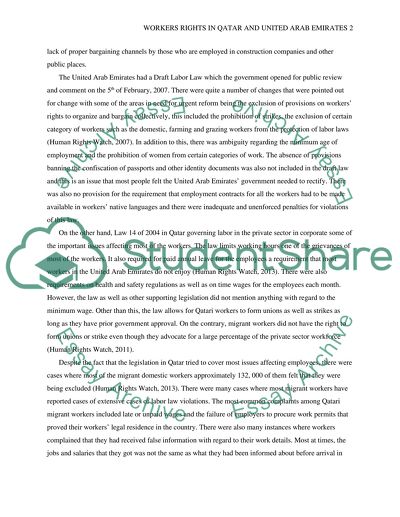Cite this document
(“Workers Rights and Unemployment Issues in Qatar and United Arab Research Paper”, n.d.)
Workers Rights and Unemployment Issues in Qatar and United Arab Research Paper. Retrieved from https://studentshare.org/macro-microeconomics/1478262-workers-rights-and-unemployment-issues-in-qatar-and-united-arab-emirates
Workers Rights and Unemployment Issues in Qatar and United Arab Research Paper. Retrieved from https://studentshare.org/macro-microeconomics/1478262-workers-rights-and-unemployment-issues-in-qatar-and-united-arab-emirates
(Workers Rights and Unemployment Issues in Qatar and United Arab Research Paper)
Workers Rights and Unemployment Issues in Qatar and United Arab Research Paper. https://studentshare.org/macro-microeconomics/1478262-workers-rights-and-unemployment-issues-in-qatar-and-united-arab-emirates.
Workers Rights and Unemployment Issues in Qatar and United Arab Research Paper. https://studentshare.org/macro-microeconomics/1478262-workers-rights-and-unemployment-issues-in-qatar-and-united-arab-emirates.
“Workers Rights and Unemployment Issues in Qatar and United Arab Research Paper”, n.d. https://studentshare.org/macro-microeconomics/1478262-workers-rights-and-unemployment-issues-in-qatar-and-united-arab-emirates.


